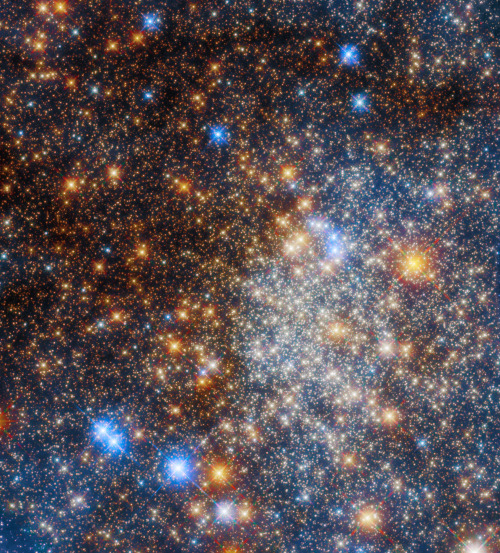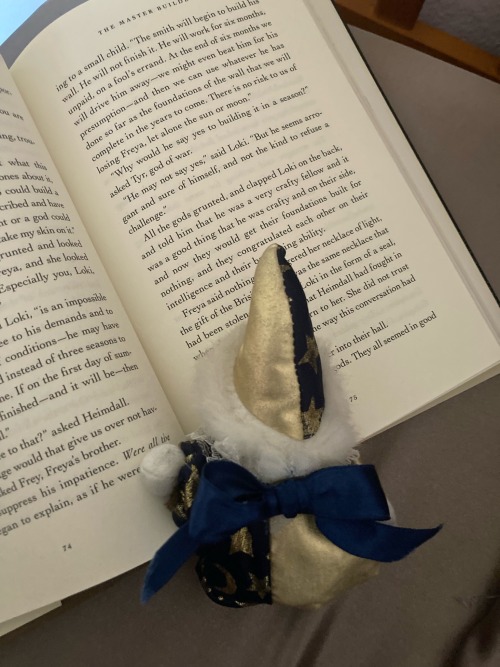Walking Around The Neighborhood


Walking around the neighborhood
More Posts from Comedyexpertise and Others
Silly clown is all alone and has no friends.




made some clown designs based on the aro, ace and aroace flags!!

💕Happy Valentine’s Day, have some happy clown girlfriends 🥰

trans clown
Rockets, Racecars, and the Physics of Going Fast

When our Space Launch System (SLS) rocket launches the Artemis missions to the Moon, it can have a top speed of more than six miles per second. Rockets and racecars are designed with speed in mind to accomplish their missions—but there’s more to speed than just engines and fuel. Learn more about the physics of going fast:

Take a look under the hood, so to speak, of our SLS mega Moon rocket and you’ll find that each of its four RS-25 engines have high-pressure turbopumps that generate a combined 94,400 horsepower per engine. All that horsepower creates more than 2 million pounds of thrust to help launch our four Artemis astronauts inside the Orion spacecraft beyond Earth orbit and onward to the Moon. How does that horsepower compare to a racecar? World champion racecars can generate more than 1,000 horsepower as they speed around the track.

As these vehicles start their engines, a series of special machinery is moving and grooving inside those engines. Turbo engines in racecars work at up to 15,000 rotations per minute, aka rpm. The turbopumps on the RS-25 engines rotate at a staggering 37,000 rpm. SLS’s RS-25 engines will burn for approximately eight minutes, while racecar engines generally run for 1 ½-3 hours during a race.

To use that power effectively, both rockets and racecars are designed to slice through the air as efficiently as possible.
While rockets want to eliminate as much drag as possible, racecars carefully use the air they’re slicing through to keep them pinned to the track and speed around corners faster. This phenomenon is called downforce.

Steering these mighty machines is a delicate process that involves complex mechanics.
Most racecars use a rack-and-pinion system to convert the turn of a steering wheel to precisely point the front tires in the right direction. While SLS doesn’t have a steering wheel, its powerful engines and solid rocket boosters do have nozzles that gimbal, or move, to better direct the force of the thrust during launch and flight.

Racecar drivers and astronauts are laser focused, keeping their sights set on the destination. Pit crews and launch control teams both analyze data from numerous sensors and computers to guide them to the finish line. In the case of our mighty SLS rocket, its 212-foot-tall core stage has nearly 1,000 sensors to help fly, track, and guide the rocket on the right trajectory and at the right speed. That same data is relayed to launch teams on the ground in real time. Like SLS, world-champion racecars use hundreds of sensors to help drivers and teams manage the race and perform at peak levels.

Knowing how to best use, manage, and battle the physics of going fast, is critical in that final lap. You can learn more about rockets and racecars here.
Make sure to follow us on Tumblr for your regular dose of space!

Pumpkin space latte, anyone? ☕
Hubble captured this festive array of stars, Terzan 12, found in the Milky Way about 15,000 light-years from Earth. The stars in this cluster are bound together by gravity in a sphere-like shape and are shrouded in gas and dust. As the starlight travels through that gas and dust to Earth, blue light scatters, leaving the redder wavelengths to come through.
Download the full-resolution image here.
Make sure to follow us on Tumblr for your regular dose of space!
-
 fenetfox liked this · 1 year ago
fenetfox liked this · 1 year ago -
 bee-buzzzzoff liked this · 1 year ago
bee-buzzzzoff liked this · 1 year ago -
 sillyplasm liked this · 1 year ago
sillyplasm liked this · 1 year ago -
 octobergothyc liked this · 1 year ago
octobergothyc liked this · 1 year ago -
 bi-and-doing-crime liked this · 1 year ago
bi-and-doing-crime liked this · 1 year ago -
 milyas-girlblogging-era liked this · 1 year ago
milyas-girlblogging-era liked this · 1 year ago -
 jibb-ly liked this · 1 year ago
jibb-ly liked this · 1 year ago -
 sideflorfauna liked this · 1 year ago
sideflorfauna liked this · 1 year ago -
 twobraincellgenius liked this · 1 year ago
twobraincellgenius liked this · 1 year ago -
 fleshmetal liked this · 1 year ago
fleshmetal liked this · 1 year ago -
 creativebeansofchaos liked this · 1 year ago
creativebeansofchaos liked this · 1 year ago -
 rowdy-ringleader liked this · 1 year ago
rowdy-ringleader liked this · 1 year ago -
 xx-bleeding-jester-xx liked this · 1 year ago
xx-bleeding-jester-xx liked this · 1 year ago -
 puutsi liked this · 1 year ago
puutsi liked this · 1 year ago -
 yeeterskeeter05 liked this · 1 year ago
yeeterskeeter05 liked this · 1 year ago -
 monsterritory liked this · 1 year ago
monsterritory liked this · 1 year ago -
 comedyexpertise reblogged this · 1 year ago
comedyexpertise reblogged this · 1 year ago

Mostly just a pet blog, but feel free to ask us questions about clown care(Huge cw for unreality—don’t follow if you struggle with that sort of thing)
48 posts
![Some More Sneeze :]](https://64.media.tumblr.com/8c1553fcfc08976a153bf074320771d3/15c2d11c351196ab-8d/s500x750/65bb4745c22edcc4f6dbcf6229082f26d2300f6f.jpg)



